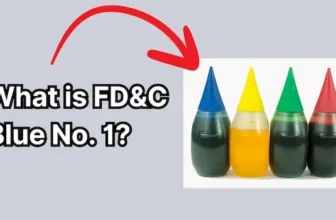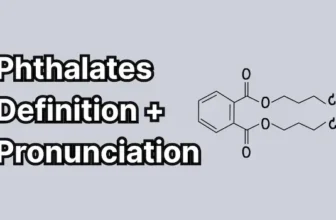You may have heard the term “PFAS” buzzing around the internet lately, but as a scientist, I’m going to explain the meaning and definition of “PFAS” so you can be more informed. Also, I’m share some tips for how to avoid PFAS if you’re worried about its health impacts for you and your family.
Before we jump into the article, my name is Derek and I’m the founder of NonToxicOnly.com. My background is working as an actual scientist in toxicology labs. I received my Masters in Environmental Science from Johns Hopkins University.
With that out of the way, let’s dive into the science!
What is PFAS? Meaning and Definition of perfluoroalkyl and polyfluoroalkyl substances
“PFAS” stands for perfluoroalkyl and polyfluoroalkyl substances that are a large group of synthetic chemicals used since the 1940s in a wide range of industrial and consumer products, valued for their ability to resist heat, water, and oil.
Their unique carbon-fluorine bonds make them highly persistent in the environment, earning them the nickname “forever chemicals.” (1🍃)
Scientific studies have linked exposure to certain PFAS with a range of potential health risks, including liver damage, thyroid disease, immune system suppression, developmental delays in children, reproductive issues, and increased risk of some cancers, such as kidney and testicular cancer.
Even at low levels, long-term exposure may interfere with hormones, reduce vaccine effectiveness, and raise cholesterol levels, making PFAS a significant concern for public health. (1🍃)
Research is ongoing, but the evidence to date highlights the importance of understanding and minimizing exposure to these persistent chemicals.
History of PFAS: Key Events and Milestones
| Year/Decade | Event/Development | Details |
| 1934 -1938 | Discovery of PCTFE and PTFE | Polychlorotrifluoroethylene (PCTFE), an early PFAS, was discovered by Fritz Schloffer and Otto Scherer at IG Farben. (2🍃) Roy J. Plunkett and Jack Rebok at DuPont accidentally discovered polytetrafluoroethylene (PTFE), later branded as Teflon. (2🍃) |
| 1950s | Commercial PFAS Production | 3M and DuPont begin large-scale manufacturing of PFAS, including PFOS and PFOA, for industrial and consumer products. (3🍃) |
| 1970s–1980s | Widespread Use | PFAS are widely used in non-stick cookware, stain-resistant fabrics, food packaging, and industrial applications. (3🍃) |
| 1980s | Early Toxicity Findings | Internal studies at DuPont and 3M begin to reveal health concerns, including protein binding and liver effects in animals. (3🍃) |
| Late 1990s | Environmental Detection | Advances in analytical methods lead to the detection of PFAS in the environment and in human blood. (4🍃) |
| 2002 | Regulatory Actions Begin | U.S. EPA issues Significant New Use Rules (SNURs) to control the manufacture and import of certain PFAS. |
| 2009 | First EPA Health Advisory | EPA issues provisional drinking water health advisories for PFOA and PFOS. (3🍃) |
| 2016 | Stricter Health Advisories | EPA replaces previous advisories with more stringent guidelines for PFOA and PFOS in drinking water. (3🍃) |
What are PFAS Chemicals and Structure?
PFAS are defined by the presence of multiple fluorine atoms attached to an alkyl chain.
F F F F F F F
| | | | | | |
F–C–C–C–C–C–C–C–R
| | | | | | |
F F F F F F F
PFAS General Structure:
- PFAS molecules have a “tail” of two or more fully fluorinated carbon atoms (perfluoroalkyl chain)
- Attached to this tail is a “head” functional group, commonly a carboxylate (–COOH) or sulfonate (–SO₃H), but other groups are possible.
- The tail can be linear, branched, or cyclic, and may include ether linkages.
The strong carbon-fluorine bond is one of the most stable in organic chemistry, making PFAS resistant to degradation in both the environment and the human body.
General Formula: CnF2n+1−R (n ≥ 2)
Example: PFOA (Perfluorooctanoic acid)
Structural Formula: C7F15COOH
Example: PFOS (Perfluorooctanesulfonic acid)
Structural Formula: C8F17SO3H
| PFAS Name | Common Uses | Regulatory Status |
| PFOA | Non-stick cookware, stain-resistant fabrics, food packaging | Phased out in US/EU |
| PFOS | Firefighting foam, stain repellents, textiles | Phased out in US/EU |
| PTFE (Teflon) | Non-stick cookware, waterproof fabrics, lubricants | Still in use |
| C9–C14 PFCAs | Industrial applications, surfactants | Under regulatory review |
| Short-chain PFAS | Replacement for PFOA/PFOS in various products | Increasingly used, under review |
Where Are PFAS Found?
PFAS are used in:
- Non-stick cookware (e.g., Teflon pans)
- Water- and stain-resistant fabrics and carpeting
- Food packaging and processing equipment
- Firefighting foams
- Cleaning products, paints, and cosmetics
- Industrial processes like metal plating and semiconductor manufacturing (5🍃)
Because of their widespread use and persistence, PFAS are now found globally in water, soil, air, fish, wildlife, and the blood of people and animals—even in remote regions. (1🍃)
Human and Environmental Exposure
Routes of Exposure:
- Drinking contaminated water (municipal or well water)
- Eating fish or food grown near PFAS-contaminated sites
- Consuming food packaged in PFAS-containing materials
- Swallowing contaminated dust or soil
- Using consumer products with PFAS (e.g., ski wax, cosmetics, repellents)
Bioaccumulation:
PFAS can build up in the human body over time because they are not easily broken down or excreted, leading to higher concentrations with continued exposure. (9🍃)
Documented and Suspected Health Effects:
Scientific studies have linked exposure to certain PFAS with:
- Increased cholesterol levels
- Decreased vaccine response
- Higher risk of thyroid disease
- Increased risk of some cancers
- Hypertension or pre-eclampsia during pregnancy
- Lower infant birth weights (typically small decreases)
- Potential reproductive and developmental toxicity (10🍃)
Some PFAS are also suspected of interfering with the endocrine (hormonal) system and harming fetal development. (10🍃)
| Health Effects | Details |
| Cancer | Increased risk of kidney, testicular, prostate, thyroid, and other cancers; new studies link PFAS to cancers in the digestive, respiratory, endocrine, oral cavity/pharynx, and soft tissue (12🍃,13🍃, 14🍃) |
| Immune System Effects | Reduced antibody response to vaccines, decreased ability to fight infections (1🍃, 15🍃) |
| Liver Effects | Changes in liver enzymes, increased risk of nonalcoholic fatty liver disease, and liver damage. (16🍃) |
| Cholesterol and Lipid Changes | Increased cholesterol levels, lipid dysregulation (15🍃) |
| Reproductive and Developmental | Decreased fertility, pregnancy-induced hypertension, preeclampsia, small decreases in birth weight, and developmental delays in children (16🍃) |
| Endocrine and Hormonal Effects | Thyroid disease, hormone disruption, delayed puberty, increased risk of diabetes (17🍃) |
| Kidney Effects | Increased risk of kidney disease and cancer, effects on kidney function (17🍃) |
| Other Effects | Increased uric acid, asthma, neurobehavioral outcomes, decreased bone mineral density, and obesity (17🍃) |
Widespread Occurrence and Uncertainty
- PFAS are detected in the blood and urine of people worldwide. (11🍃)
- There are nearly 15,000 PFAS chemicals, often found in complex mixtures, making it challenging to assess their risks fully. (11🍃)
- Research is ongoing to better understand the full range of health effects, sources of exposure, and how to effectively remove or manage PFAS in the environment. (1🍃)
Environmental Impact
- PFAS contaminate groundwater, surface water, and soil, and are highly mobile, spreading far from their original sources. (10🍃)
- Cleaning up PFAS-contaminated sites is technically difficult and costly. (10🍃)
- PFAS can accumulate in plants and animals, posing risks to wildlife and potentially entering the food chain. (10🍃)
Environmental Distribution
| Medium | PFAS Presence | Key Points |
| Drinking Water & Surface Water | Detected in thousands of U.S. communities; EPA set enforceable limits for several PFAS at 4–10 ppt (6🍃) | Major exposure route for humans; contamination often highest near industrial sites, fire stations, landfills, and areas where firefighting foams were used (6🍃) |
| Groundwater | PFAS easily migrate through soil to contaminate groundwater (7🍃) | Affects private wells and public water supplies, especially near contaminated sites (7🍃) |
| Soil | PFAS persist in soil, can leach to groundwater or be taken up by crops (7🍃) | Soil contamination can result from industrial spills, landfill leachate, and application of PFAS-containing products (7🍃) |
| Air | PFAS can be released as vapors or particles from industrial sites and incineration (7🍃) | Airborne PFAS can deposit onto land and water, further spreading contamination (7🍃) |
| Biota (Fish & Wildlife) | PFAS accumulate in fish, seafood, and wildlife, especially at higher levels in the food chain (7🍃) | Bioaccumulation leads to human exposure through diet, especially fish and seafood (7🍃) |
Regulations and Safety Guidelines
Regulatory action on PFAS is rapidly increasing in both the United States and the European Union due to growing health concerns.
In 2024, the US EPA set the first national, enforceable limits for six PFAS chemicals in drinking water, while several states have adopted even stricter rules or product bans.
The EU is implementing broad restrictions, including strict limits in drinking water and proposals to ban most PFAS in consumer products.
These efforts aim to reduce human and environmental exposure to these persistent “forever chemicals.”
| Region/Regulator | Drinking Water Standards | Compliance Timeline / Notes |
| United States (EPA) | – PFOA: 4 ppt- PFOS: 4 ppt- PFHxS: 10 ppt- PFNA: 10 ppt- HFPO-DA (GenX): 10 ppt- Mixtures (Hazard Index ≤ 1) | – Initial monitoring by 2027- Compliance actions by 2029 (18🍃) |
| US States | Varies; some stricter than federal | – State-specific; some bans already in effect (19🍃) |
| European Union (EU) | – 20 individual PFAS: 0.1 µg/L (100 ppt) each – Total PFAS: 0.5 µg/L (500 ppt) | – DWD compliance by 2026- REACH ban under review; phased implementation likely (20🍃) |
| EU Member States | Some stricter than EU DWD | – National timelines vary; some stricter limits already in force (18🍃) |
How to Identify PFAS in Products
- Check product labels: PFAS are rarely listed by name; look for terms like “fluoro-” or “perfluoro-.”
- Be aware of product categories: Non-stick, water-repellent, and stain-resistant products are common sources.
- Seek “PFAS-free” labels: Some brands now market alternatives, especially in cookware, textiles, and cosmetics.
Common Consumer Products That Contain PFAS
PFAS are used in a wide range of consumer products due to their water, grease, and stain-resistant properties.
Despite efforts to reduce their use, PFAS remain present in many everyday items. Here are the most common categories:
Food Packaging and Kitchenware
- Fast food wrappers, microwave popcorn bags, pizza boxes, and candy wrappers are often coated with PFAS to resist grease and moisture. (21🍃)
- Nonstick cookware (such as pans with Teflon or PTFE coatings) frequently contain PFAS, even if labeled “PFOA-free,” as other PFAS may be used instead. (22🍃)
Textiles and Fabrics
- Stain-resistant carpets, rugs, and upholstery, as well as water-resistant clothing (raincoats, athleisure wear), shoes, and sports equipment, commonly use PFAS-based treatments. (23🍃)
- Mattress pads and car upholstery may also be treated with PFAS for durability and resistance to stains
Personal Care and Beauty Products
- Cosmetics (foundations, concealers, lip products, blush, bronzers, powders, mascara, nail polish, and eye makeup) often use PFAS to improve spreadability, water resistance, and durability. (23🍃)
- Personal care items such as shampoo, dental floss, shaving cream, sunscreen, toothpaste, and even toilet paper, tampons, pads, and period underwear have been found to contain PFAS. (23🍃)
Household Items
- Cleaning products, paints, varnishes, and sealants may include PFAS for improved performance and longevity. (24🍃)
- Electronics, including cell phone screens, use PFAS coatings to resist fingerprints and improve durability (25🍃)
- Contact lenses: Recent testing found PFAS in multiple brands of soft contact lenses. (25🍃)
Other Notable Products
- Firefighting foams (especially aqueous film-forming foams, or AFFFs) are a significant source of PFAS exposure, particularly for firefighters and at training sites.
- Some industrial and commercial products, such as electroplating materials and protective clothing, also use PFAS. (24🍃)
Categories and Examples of PFAS-Free Products
Clothing and Outdoor Gear
- Kari Traa: Women’s sportswear and outerwear, phased out PFAS in 2013. Products include jackets and hiking pants with PFAS-free water-resistant finishes.
- Patagonia: By 2025, all water-repellent finishes and membranes will be PFAS-free. Many current jackets and pants already use PFAS-free DWR (durable water repellent).
- Fjällräven: Phased out PFAS from clothing, tents, and backpacks since 2015. Their EcoShell collection is PFAS-free.
- Pact: Organic cotton everyday clothing, free from PFAS and other harmful chemicals.
- Mate the Label: Organic, non-toxic women’s apparel, PFAS-free.
- Houdini Sportswear: Outdoor clothing, fully PFAS-free since 2018.
- Jack Wolfskin: Weatherproof outdoor clothing, PFAS-free since 2019.
- PrAna: Versatile clothing with PFAS-free DWR since 2023.
Personal Care Products
- AXIOLOGY: Stated in 2021 that its cosmetics have been tested to be PFAS-free.
- Fenty Beauty: Complies with EU standards, no added PFAS in cosmetics.
- Sappho New Paradigm: All products tested to pass PFAS inspection.
- Credo, Burt’s Bees: PFAS-free dental floss and other personal care items.
- Whole Foods Market, Clean at Sephora: Offer PFAS-free personal care products.
Furniture and Home Textiles
- IKEA: Phased out PFAS from fabrics since 2016.
- The Futon Shop: Uses organic materials, no chemical ingredients.
- PlushBeds: GOTS and GOLS certified, all products PFAS-free.
Foodware and Packaging
- Renouvo: Plant fiber-based straws, cups, and tableware, SGS-certified PFAS-free.
- Biodegradable Product Institute (BPI)-certified packaging: Safer compostable food packaging.
Cookware
- Stainless steel, ceramic, cast iron, glass: Safe alternatives to non-stick (which often contains PFAS).
- Silicone enamel cookware: Some non-stick pans use PFAS-free coatings.
Cleaning Products – These certifications restrict or ban PFAS.
- Safer Choice (On March 16, 2022 removed PFAS from Safer Ingredient list – certified products may not contain added PFAS)
- Ecologo certified cleaners: Green Seal
References
- 🍃PFAS Explained | US EPA
- 🍃The history of PFAS: From World War II to your Teflon pan | Manufacturing Dive
- 🍃Timeline of events related to per- and polyfluoroalkyl substances – Wikipedia
- 🍃The Devil they Knew: Chemical Documents Analysis of Industry Influence on PFAS Science – PMC
- 🍃From Emerging Compounds to Forever Chemicals – Navigating Evolving Regulation of and Responsibility for PFAS in the Environment – Ward and Smith, P.A.
- 🍃Interactive Map: PFAS Contamination Crisis: New Data Show 9,166 Sites in 50 States
- 🍃PFAS in Air, Water, and Soil: Unraveling the Silent Threat | PerkinElmer Blog
- 🍃Comprehensive analysis of PFAS presence from environment to plate | npj Science of Food
- 🍃Per- and Polyfluoroalkyl Substances (PFAS) | FDA
- 🍃Per- and polyfluoroalkyl substances (PFAS) – ECHA
- 🍃Perfluoroalkyl and Polyfluoroalkyl Substances (PFAS) | National Institute of Environmental Health Sciences
- 🍃Perfluoroalkyl and Polyfluoroalkyl Substances (PFAS) | National Institute of Environmental Health Sciences
- 🍃Exposure to PFAS chemicals doubles the odds of a prior cancer diagnosis in women
- 🍃OEEB Research on “Forever Chemicals” – NCI
- 🍃Health Impacts | DES – PFAS Blog
- 🍃How PFAS Impacts Your Health | PFAS and Your Health | ATSDR
- 🍃Health Effects: PFAS Information for Clinicians – 2024 | PFAS and Your Health | ATSDR
- 🍃Understanding new PFAS regulations in the U.S. and EU | Roland Berger
- 🍃Navigating new PFAS regulations: essential insights
- 🍃Treatment of drinking water to remove PFAS (Signal) | European zero pollution dashboards
- 🍃Chemicals: Perfluoroalkyl and Polyfluoroalkyl (PFAS) Substances | Wisconsin Department of Health Services
- 🍃How to Reduce Your Exposure to PFAS, Part Two: Everyday Products | Public Health Madison & Dane County
- 🍃Per- and polyfluoroalkyl substances (PFAS) in consumer products: Current knowledge and research gaps – ScienceDirect
- 🍃Everything in Your Home That May Have PFAS Forever Chemicals | TIME
Read Next
Top 10 Best Non-Toxic Candles in 2025

Top 10 Best Non Toxic Laundry Detergents
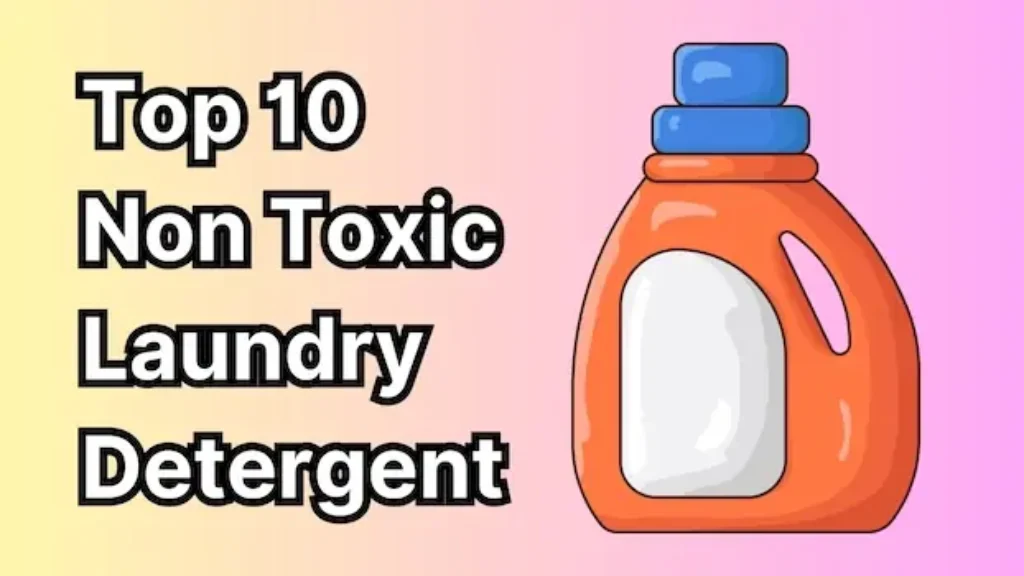
What is FD&C Red 40 Made of and its Side Effects?
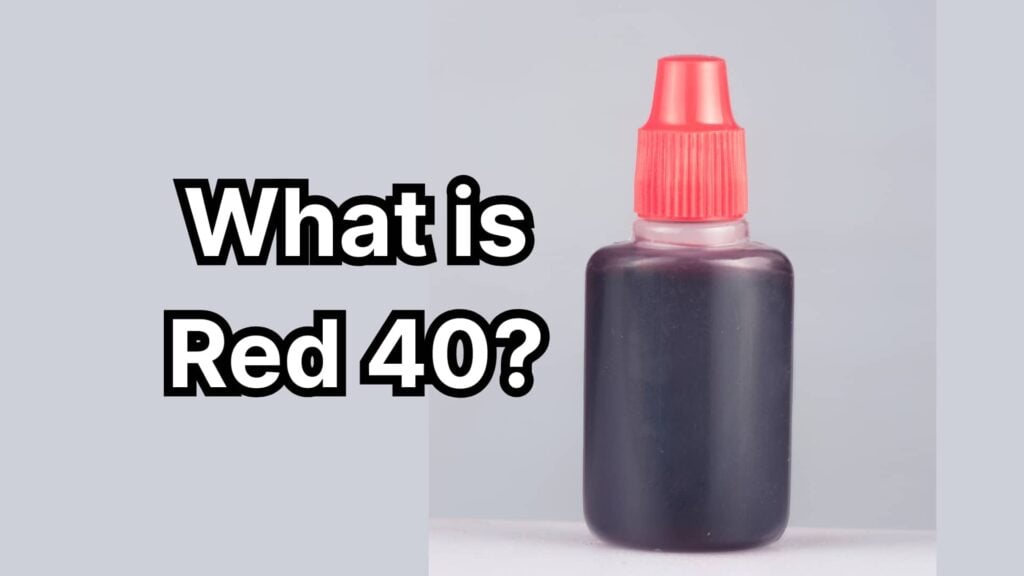
What Is Yellow 5 (Tartrazine) and is it Bad for You?
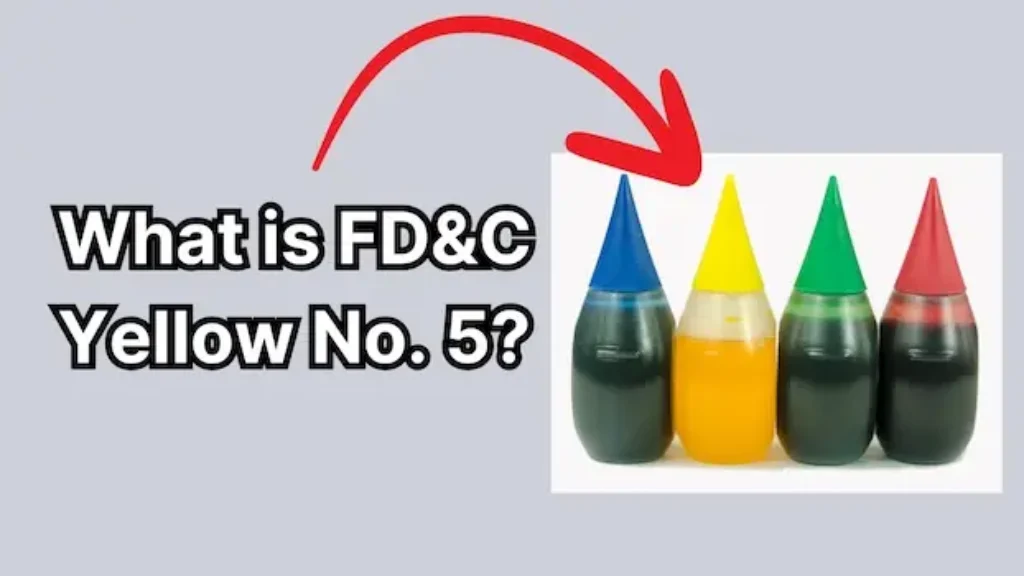
What are Parabens & Why are They Bad? From a Scientist

What are Phthalates? Pronunciation and Definition

What is Fragrance Made of? Ingredients List & Health Risks
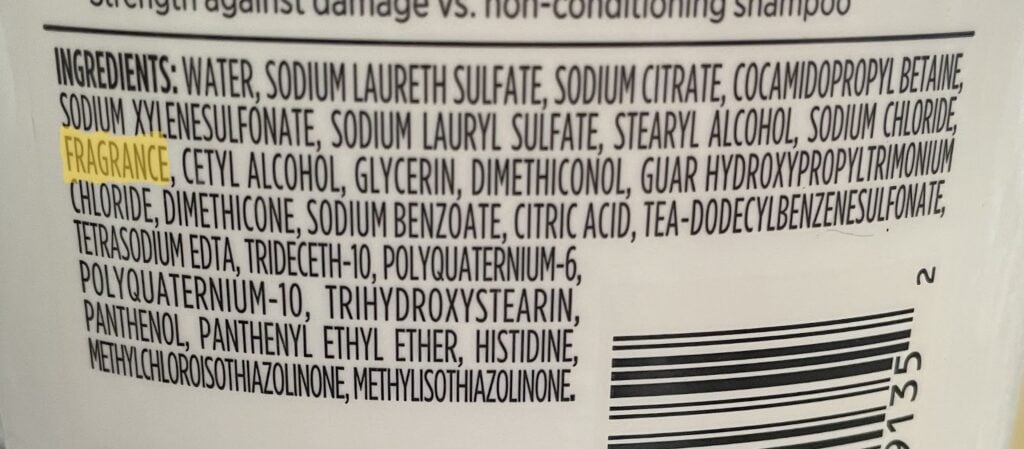
What Is FD&C Blue 1 and is it Bad for You?
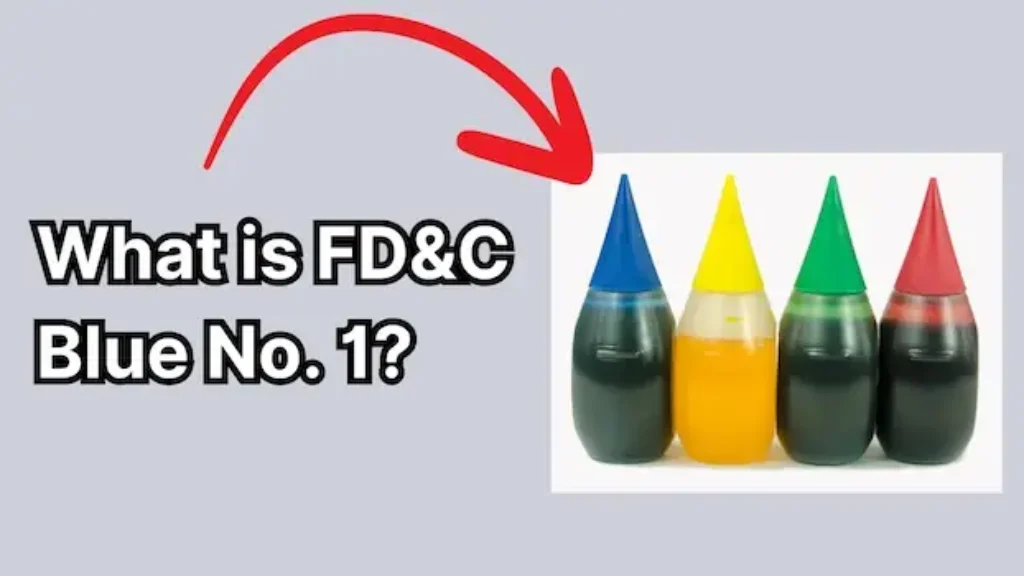
Are Black Plastic Kitchen Utensils Toxic?

